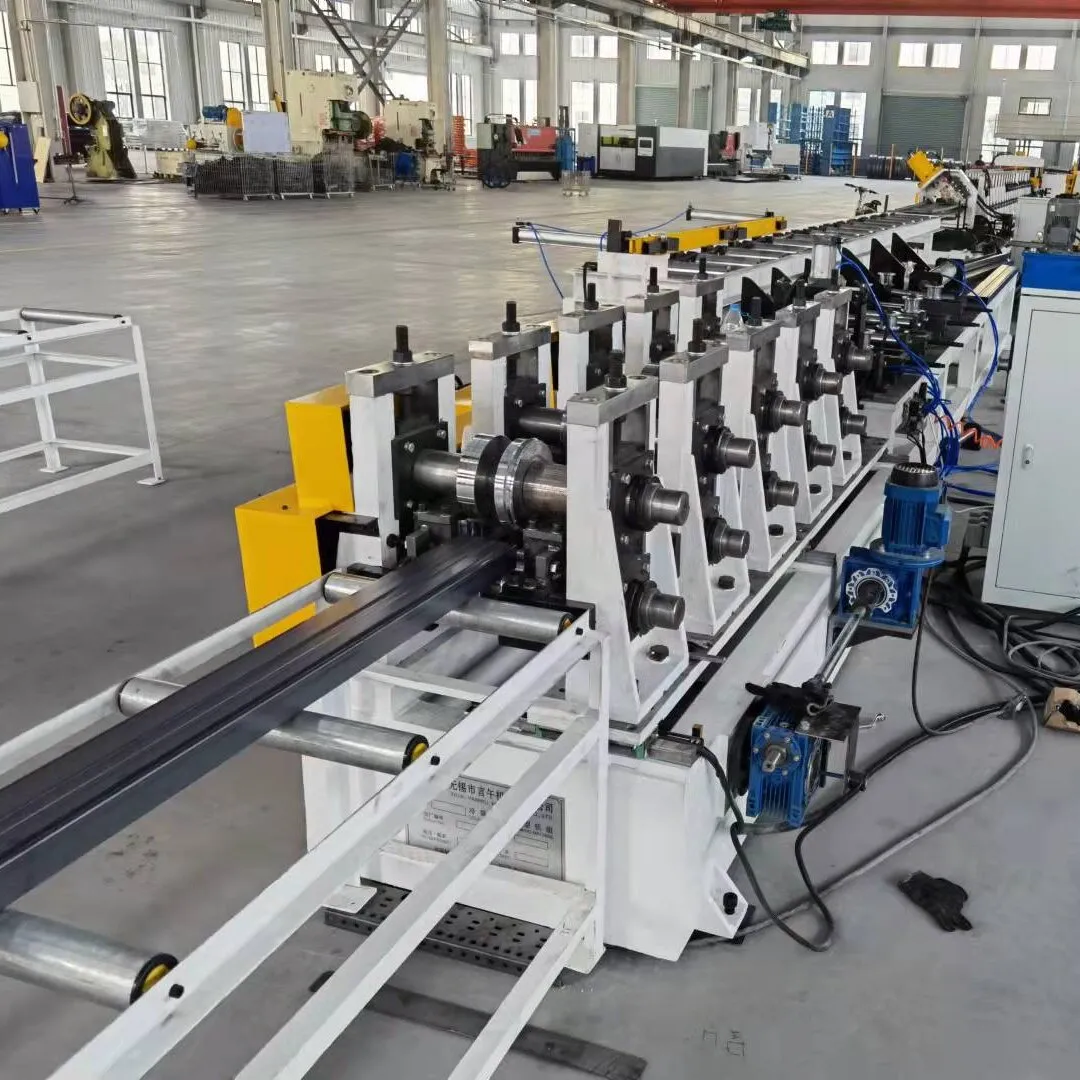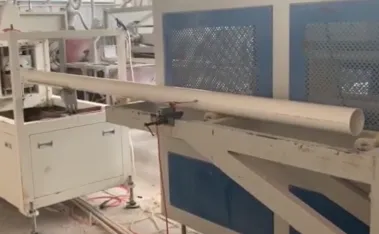Precision Metal Cut to Length Machines High-Speed & Durable
- Understanding Metal Cut to Length Technology
- Technical Advantages Driving Industrial Adoption
- Comparative Analysis of Leading Equipment Manufacturers
- Customization Solutions for Specific Operational Needs
- Material Handling Innovations in Cutting Systems
- Diverse Industrial Applications and Success Stories
- Optimizing Production with Precision Cutting Systems

(metal cut to length machine)
The Essential Technology Behind Metal Cut to Length Machines
Modern metal cut to length systems revolutionize sheet metal processing by combining precision engineering with automated control. These production lines typically integrate uncoiling, straightening, feeding, cutting, and stacking functions into a single continuous operation. The heart of the system lies in its synchronized servo technology, where positioning accuracy achieves ±0.10mm repeatability regardless of production speeds. Industrial manufacturers report 40% average reduction in material waste compared to manual cutting methods through optimized nesting algorithms that calculate the most efficient cutting patterns. Thermal distortion control remains critical in high-volume operations, with advanced systems employing temperature-regulated beds and micro-cooling jets to maintain dimensional integrity. The latest models feature IIoT-enabled interfaces that track energy consumption patterns and suggest efficiency improvements.
Critical Technical Specifications Impacting Productivity
Machine capability is quantified through three primary metrics: cutting accuracy parameters (±0.05mm to ±0.20mm), throughput velocity (15-45 meters/minute), and thickness capacity (0.3mm to 6.5mm). The selection between laser, plasma, or shear cutting configurations depends on application requirements. Laser systems deliver exceptional edge quality with minimal burring but require 30% higher energy consumption. Plasma variants accommodate thicker materials but generate wider kerf. Industry data reveals that dual-head cutting configurations increase throughput by 55% for high-mix production environments where rapid tool change reduces downtime. Integrated angle cutting attachments can expand machine functionality by adding beveled edges capabilities without secondary processing. Predictive maintenance systems monitor critical components like hydraulic pressure (maintaining 150-250 bar) and blade alignment thresholds through embedded sensors.
Market-Leading Equipment Comparative Analysis
| Specification | Bradbury Group | Miedema | Boschert GmbH | Dallan |
|---|---|---|---|---|
| Max Cutting Thickness | 6.0mm | 5.5mm | 5.8mm | 6.5mm |
| Production Speed (1mm steel) | 38m/min | 32m/min | 35m/min | 42m/min |
| Accuracy Tolerance | ±0.08mm | ±0.10mm | ±0.07mm | ±0.05mm |
| Material Utilization Rate | 96.5% | 95.8% | 97.1% | 98.2% |
| Changeover Automation | Full auto | Semi-auto | Full auto | Intelli-Set™ |
Engineered Customization Solutions
Industrial facilities implement tailored configurations including specialized material handling solutions for delicate finishes or irregularly shaped components. Customizations typically include coil weight capacity expansion (20-30 tons), dual-feed mechanisms for dissimilar material processing, and proprietary stacking configurations. The automotive sector utilizes modular designs enabling tool-free width adjustment in less than 90 seconds for job changes. Food processing facilities have adopted corrosion-resistant alloys and stainless steel contact points achieving hygienic certification compliance. Energy plants require specialized tooling kits capable of processing armored alloys up to 350 Brinell hardness. Configurations frequently include automatic scrap removal conveyors and magnetic separation systems - installations show these integrations reduce labor costs by an average of 3.5 FTEs per production line.
Intelligent Material Processing Innovations
Coil processing innovations focus on tension control and surface preservation through electronic regulation maintaining consistent 750-1200N force. Precision leveling technology utilizes 9-23 adjustment points to eliminate coil set defects before cutting. Advanced systems incorporate dual-stage straightening combining roller levelers with crossbow correction systems. Photogrammetric alignment systems create 3D surface maps to automatically adjust roller positioning. Material traceability integrates with Industry 4.0 standards through engraving or micro-percussion marking systems that imprint QR codes directly onto each cut piece for full-process tracking. Leading aerospace manufacturers report 98.3% traceability compliance using these systems - critical for ISO 9001 certification requirements. Moisture-control environments prevent oxidation during sensitive aluminum processing.
Cross-Industry Application Performance
Construction panel producers achieve daily outputs exceeding 18,000 square meters using tandem-cut systems capable of handling 2.5-meter widths. An appliance manufacturer documented 47% production increase after switching to automated cut-to-length with direct transfer to press lines. HVAC duct production facilities report 99.3% dimensional consistency across 12-month audits using laser measurement verification systems. Offshore energy sector applications demonstrate processing specialty alloys with copper cladding for corrosion resistance. One wind tower manufacturing facility achieved zero rework parts after implementing surface scanning technology that detects material defects before cutting. Transportation sector adopters consistently achieve 4-hour batch changeovers for mixed material requirements including carbon steel, galvanized sheets, and aluminum composites.
Maximizing ROI with Sheet Metal Cut to Length Machines
Operational metrics from 64 manufacturing sites demonstrate average payback periods between 14-26 months depending on production volumes and material values. High-volume facilities processing premium materials consistently achieve 11-month ROI through a combination of reduced scrap rates and labor efficiency. Daily operational protocols maximize equipment longevity: blade inspection cycles every 75 operational hours, hydraulic fluid analysis every 500 hours, and precision calibration every 1,000 production cycles. Maintenance data shows proper procedure adherence extends equipment lifespan to 19 years versus industry average of 12 years. The latest energy recuperation systems can redirect 35% of braking energy back to operational systems. Facilities scheduling 98% continuous runtime implement redundant cutting heads with automatic tool changeover during operation.

(metal cut to length machine)
FAQS on metal cut to length machine
Q: What is a metal cut to length machine used for?
A: A metal cut to length machine is designed to precisely slice metal coils or sheets into predetermined lengths. It ensures accuracy and efficiency in industrial metal processing workflows.
Q: How does a cut to length machine for sheet metal improve production efficiency?
A: It automates the cutting process, reduces material waste, and ensures consistent sizing. This minimizes manual labor and speeds up high-volume sheet metal fabrication.
Q: What industries commonly use sheet metal cut to length machines?
A: Industries like automotive, construction, and HVAC rely on these machines. They are ideal for manufacturing parts requiring precise metal sheet dimensions.
Q: What factors should I consider when choosing a metal cut to length machine?
A: Prioritize material thickness, cutting accuracy, machine speed, and automation features. Compatibility with your sheet metal type and production volume is also critical.
Q: Can a metal cut to length machine handle different types of metals?
A: Yes, most machines can process steel, aluminum, and stainless steel. However, verify blade or laser specifications to match hardness and thickness requirements.
